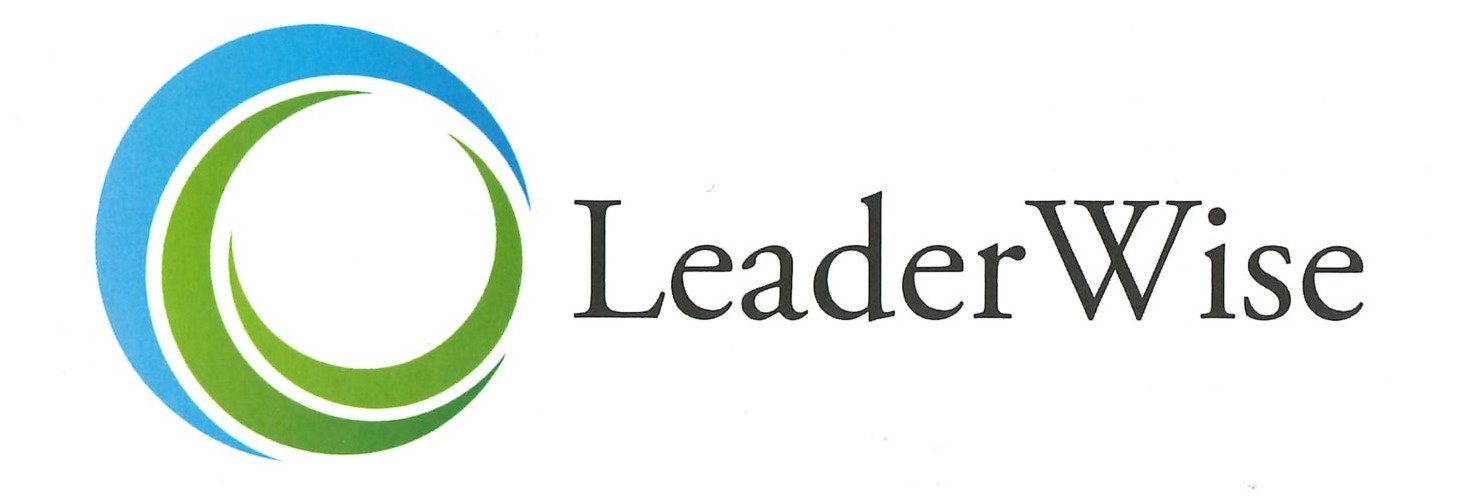Getting Unstuck
A Good News Story from LeaderWise
Introduction to the Series:
We at LeaderWise have noticed how bombarded we all are with bad news. Organizations losing necessary resources. Faith communities divided. Another house of worship closing. In spite of the news, LeaderWise witnesses good news stories all of the time. As consultant Becca Fletcher reminded us, there are congregations seeding and harvesting little slices of heaven in every corner of our world. We just don’t hear about them often. This year LeaderWise wants to bring some light amidst the bad news by sharing the stories of hope we are seeing.
Today, we travel to Long Island, New York…
By emilie boggis.
When a congregation chooses to sell its building, it generates a whole series of decisions. Some for the congregation, some for the community in which it resides, and others for the larger institution. One of the more practical considerations is determining where the funds from the sale of the property will go. However, practical doesn’t necessarily equal easy.
About five years ago, the Presbytery of Long Island established the Foundations & Horizons Task Force. It comprised a group of faith leaders (lay and ordained) who were charged with the work of recommending to the Presbytery how best to allocate the funds of potential properties to support the collective mission of the Presbytery, as well as in the congregations within it.
It’s important to first dive a little more deeply into Long Island itself. It is a part of the country that contains great diversity in its needs, its resources, and its people: from the two New York City boroughs (Brooklyn & Queens) to the urban suburbs of Nassau County; from the farmlands, horse farms, and vineyards of larger Suffolk County to the summer beach homes of the Hamptons; from Fire Island on the south & Montauk point on the east to the two Indigenous tribes, the Shinnecock Nation and the Unkechaug Nation (the former has lived on Long Island for 13,000 years and has a Presbyterian Church on the reservation there). Long Island is both in the heart of the action that is New York City and also offers a slower pace of life that is connected to the land and its waters.
At first, the Foundations & Horizons Task Force came forward with possible recommendations. The feedback was consistent: “This will not help us as churches.” At the same time, they were conducting listening sessions to learn more about how the funds might help the Presbytery; however, the Task Force had no authority to make those things happen. In those early days, early Task Force member and now Executive Presbyter, Kate Jones Calone, says that one question led to more questions until they realized that none of the questions could be answered until they determined who the Presbytery is called to be in a time of profound change. But that work was not their charge
The Task Force felt stuck. That’s when they decided to take a step back and consider a new charge: What if we took on the work of listening for a new call?
The first pivot point happened on the campus of The Sisters of St. Joseph where the Task Force happened to be meeting. In addition to their regular agenda, Task Force members took a tour of the campus, learning about the intentional and meaningful work that the community of Sisters did around their space and its legacy. The community had transformed their property from inward facing, serving the needs of their specific community, towards a more-outward facing resource for the larger community. Additionally, the Sisters considered their legacy, planting seeds that would bloom and bear fruit for generations to come. The Sisters’ story sparked the Task Force’s imagination.
This spark led them to reach out to LeaderWise for guidance in crafting new values, mission, and vision for the Presbytery. In those initial conversations, LeaderWise consultants identified that the Task Force would first need to uncover the obstacles getting in their way. Organizations often want to skip over this critical step because they are afraid of what they will uncover. The obstacle, however, will persist in arising, even when a shiny new mission statement has been adopted. In this case, the obstacle would look like congregations saying, “That mission does not reflect who WE are.” The Task Force was composed of people who appreciated the work of the Presbytery, who had developed meaningful relationships across it, and whose faith, call and leadership had been informed by their participation in it. Luckily, the Task Force was willing to trouble the waters. LeaderWise asked them to consider who is typically not at the decision-making table, who is even skeptical about the usefulness of the Presbytery over all.
Modeling the intentional work of the Sisters of St. Joseph, the Task Force set about building relationships, culminating in a one-day gathering to uncover the obstacles. Their work paid off. The skeptics were willing to be honest and to name the distrust. The Task Force members were willing to hear different experiences, continually communicating, “We want you here.” At the end of the day, the obstacle was the difference between “The” and “Our.” Are we creating a mission for “The” Presbytery or “Our” Presbytery? That little word shifted everything from a transactional hierarchical relationship to a transformational relationship grounded in real connections and a shared faith.
A few months later, continuing the intentional relationship building to a whole new circle of faith leaders, the Task Force gathered for a two-day retreat, where the group created values, mission, and vision statements for Our Presbytery. Talk about intention! Again and again, “The” Presbytery tried to insert itself. This is natural in adaptive change. In fact, LeaderWise consultants asked the participants to first identify the five main values of The Presbytery (Order, Worship, Authority, Tradition, and Wealth). They had to understand why those values had been important at that time, how those values had also created harm and distrust, and how to intentionally release them when they re-emerged. Then, the group returned to the cards to select values for Our Presbytery. They landed on God’s Will, Grace, Relationship, Justice, and Change.
Finally, utilizing the work of Joanna Macy, LeaderWise invited the gathered faith leaders to form pairs: one person from this time and one person from seven generations in the future. The 21st century person shared with the future Presbytery member what seeds they were planting today so that Our Presbytery could continue to live into their call generations from today. While at first it felt corny, participants soon felt a key shift. Our work together matters. Our church still exists in some form. Our mission is alive. It was profoundly moving.
A year after their visit to the Sisters of St. Joseph, Kate Jones Calone says that the Presbytery of Long Island is becoming Our Presbytery each and every day. It is moving at the speed of relationship, inviting more and more people to the table with great intention and grace. Along with their new values, their mission and vision statement is being translated into every language that is spoken in their Presbytery. Moreover, the Foundations & Horizons Task Force has made recommendations for allocating resources. There is now an Enduring Witness Team who manages the resources from property sales. First, they are giving an equitable, micro-grant of $1,000 to every congregation in their Presbytery with the instruction: “All we ask is that you tell us how you used it. It gives us good information. All of it is ministry.” In addition, they have created a grant-making process that is easy to access, participatory, and inherently relational. The application is one page! And the second step is centered in a conversation so that they can build a relationship with the grantee.
In Long Island’s Our Presbytery, they have decided to move at the speed of relationship.
Looking for more good news? We invite you to read about a congregation in Eau Claire, Wisconsin, that participated in LeaderWise’s CrossForm program.



